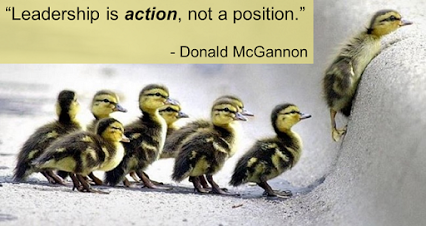Do You Deserve Employee Trust?
“When a train goes through a tunnel and it gets dark, you don’t throw away the ticket and jump off. You sit still and trust the engineer.” — Corrie Ten Boom
By Elizabeth Stincelli, DM
The Role of Trust
Successful leaders provide energy and gain support for the achievement of organizational goals by developing relationships based on trust and commitment. Trust provides the foundation from which we build the relationships that allow us to influence others.
Do You Deserve Employee Trust?
Do your employees trust you to safely guide them through the dark tunnels? If the answer is yes they will be loyal to you and follow you willingly. If the answer is no you will be unable to lead successfully. Below are a few obstacles that you should eliminate if you want to be the type of leader who deserves the trust of your employees.
Lack of communication
When we feel like information is being withheld from us it is only natural to become suspicious and question why. When we fail to communicate with our employees it often leads to assumptions and fear. Your employees are more likely to see you as a trustworthy leader if you communicate openly. Be up-front with them about what you want for the organization and why. Include them in strategic planning. Share your vision for the future. Discuss how they fit into your vision. And, most importantly, make it clear, in both words and actions, that you are available to discuss any concerns they may have.
Lack of consistency
When you are not consistent your employees never know what they can expect and you prove to your employees that you are unreliable. Consistency creates a sense of stability and a stable environment is a lot less stressful than an unstable one. Provide your employees with a work environment that feels safe, stable, and where they know what to expect from you as a leader.
Unwilling to stand your ground
Employees find it difficult to trust and respect a leader who is unwilling to stand their ground when it comes to something they truly believe in. Show your employees that you stand by your principles regardless of the consequences. Exhibiting courage gives your employees insight into your character and character earns respect and trust.
Questionable agendas
When it appears to employees that you, as a leader, are participating in internal political games, they will perceive you as devious. When your employees feel they have reason to question your motives, words, or actions, you lose trust. Open communication and an intentional focus on avoiding political games will go a long way in being perceived as a trustworthy leader. Be authentic rather than manipulative.
Lack of concern for employee interests
If it appears to your employees that you only focused on your personal interests they will find it hard to put their trust in you. We trust those who we know are looking out for us. Show your employees that you are focused on what is best for the organization as a whole and that you have a genuine concern for them as individuals.
Take-Away
To be successful as a leader your employees must know that they can trust you. Without trust, you do not have the ability to influence others. Employees must see by the example that you set that you are deserving of their trust. Will they want to jump off the train when it gets dark, or will they trust you to bring them out safely on the other side?
© 2014 Elizabeth Stincelli



